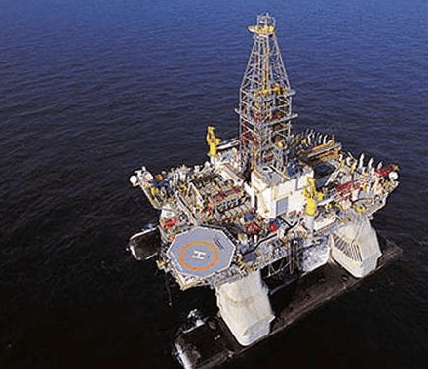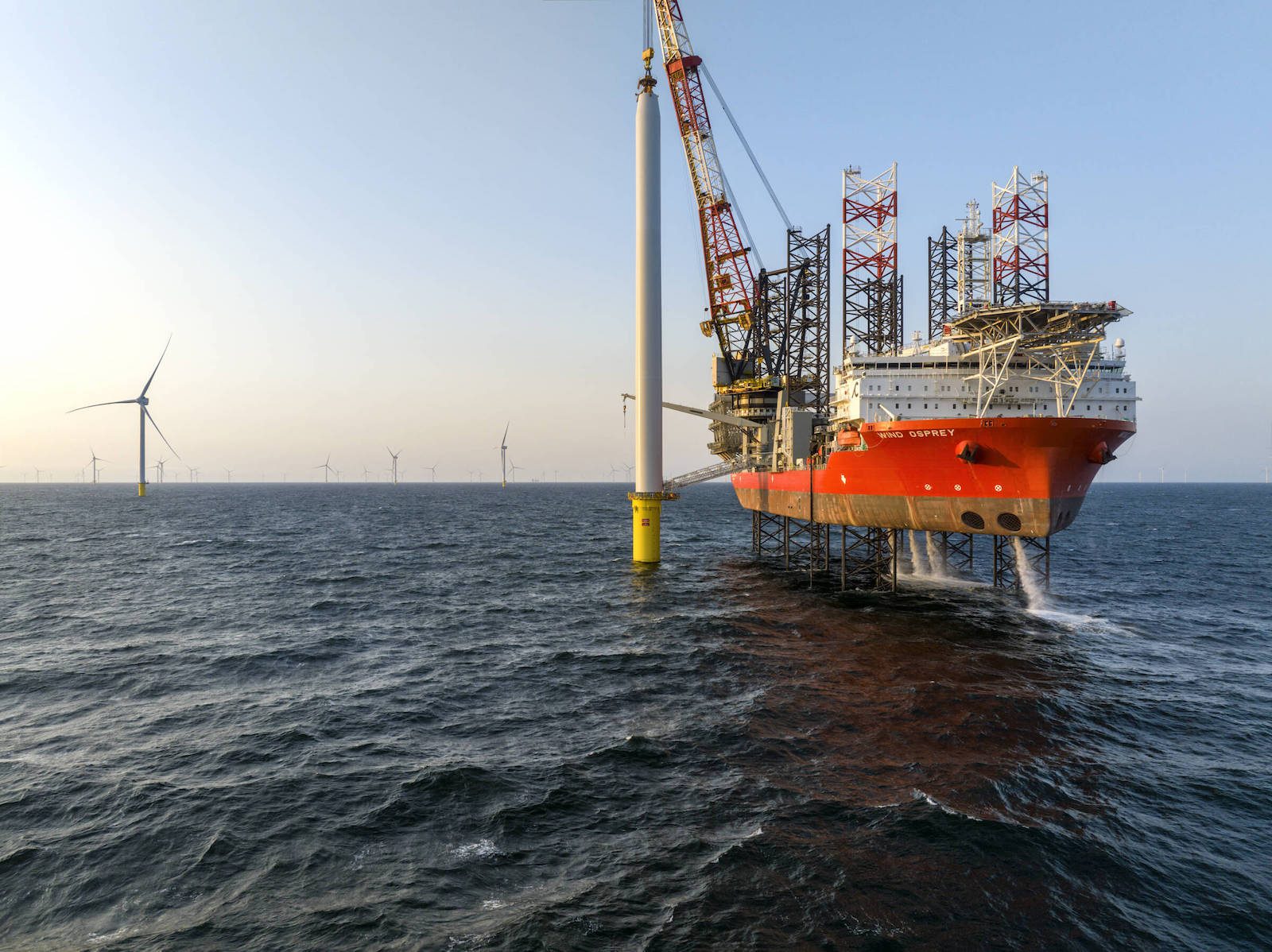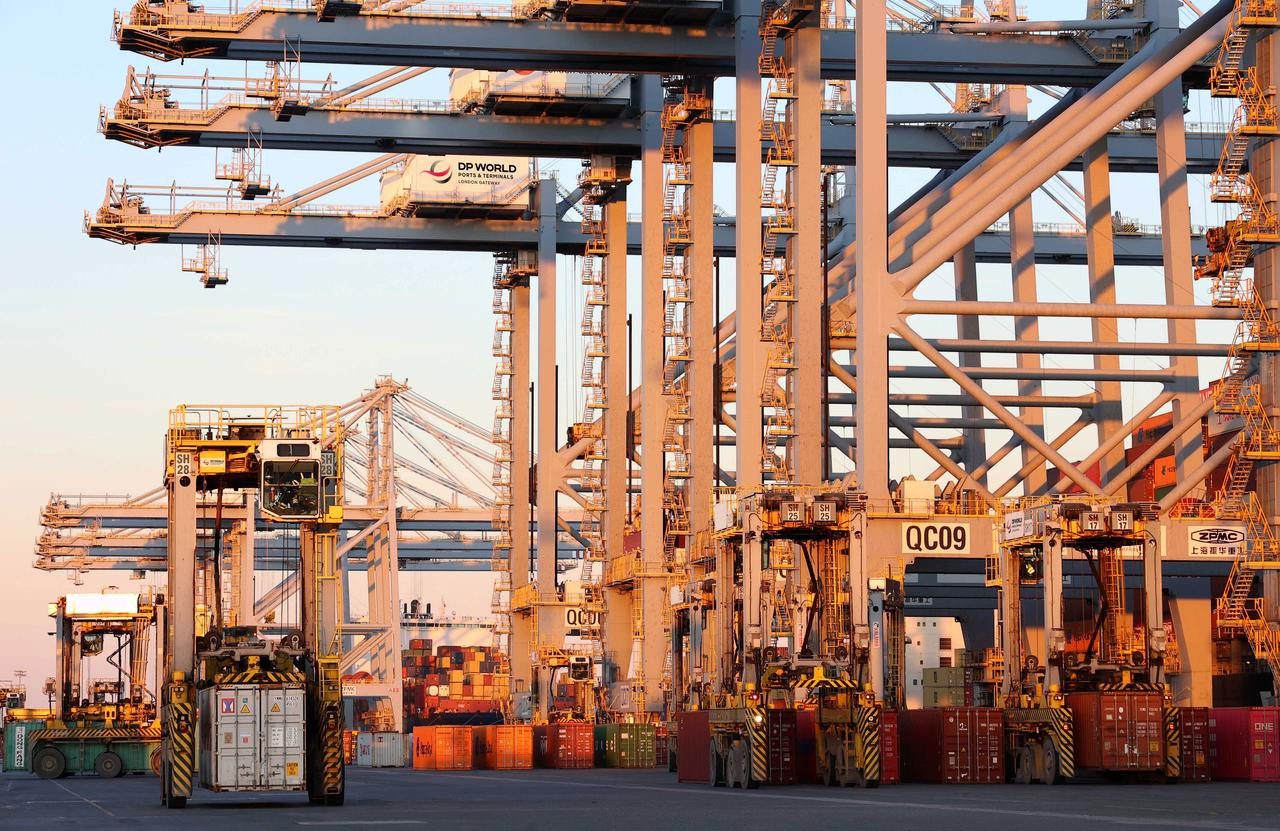Deepwater Horizon, file photo, courtesy Transocean
March 26 (Bloomberg) — Transocean Ltd. properly maintained its Deepwater Horizon rig before the April 2010 blowout of a BP Plc well that set off the largest U.S. offshore oil spill, a company witness told a New Orleans federal judge.
In a trial to determine liability for the disaster, William Ambrose, a Transocean executive who led the driller’s internal probe of the fatal explosion and spill, today disputed testimony from a witness who claimed the company maintained the rig in a grossly negligent manner.
Edward G. Webster, a marine engineering expert who testified for oil spill victims pressing claims in the case, reviewed a Transocean computerized maintenance system report for the Deepwater Horizon, dated a day before the blast, which listed 222 overdue maintenance tasks. Ambrose said today most of the items were low-priority issues.
“Nothing on that list would say ‘Stop this rig,’” he told U.S. District Judge Carl Barbier at the nonjury trial. “There was nothing major along those lines.”
The blowout and explosion aboard the Deepwater Horizon killed 11 workers and spilled more than 4 million barrels of oil into the Gulf of Mexico. The accident sparked hundreds of lawsuits against London-based BP, owner of the Macondo well; Vernier, Switzerland-based Transocean; and Houston-based Halliburton Co., which provided cement services.
The trial over liability for the blowout and spill began Feb. 25. Barbier will determine responsibility for the disaster and whether one or more of the companies acted with willful or wanton misconduct or reckless indifference — the legal requirement for establishing gross negligence.
Gross Negligence
For BP, a finding of gross negligence would mean the company might be liable to the U.S. for as much as $17.6 billion in Clean Water Act fines, as well as unspecified punitive damages to claimants who weren’t part of the $8.5 billion settlement the company reached with most private-party plaintiffs last year.
Transocean and Halliburton could be held liable for punitive damages for all plaintiffs if the companies are found to have handled their duties on the rig in a grossly negligent manner.
Lawyers for U.S. and spill victims have argued BP was over budget and behind schedule on the deep-water Macondo well off the Louisiana coast, prompting the oil company to cut corners and ignore safety tests showing the well was unstable.
They also allege Halliburton’s cement job was defective and that Transocean employees made a series of missteps on the rig, including disabling safety systems, failing to properly maintain the installation and not adequately training its crew to handle crisis situations.
Nine Years
During today’s testimony, Ambrose disagreed with Webster’s assessment that Transocean was negligent because the company hadn’t taken the rig out of the water for repairs in nine years of operations.
“He’s completely wrong,” Ambrose said. So-called dry-dock repairs for the Deepwater Horizon wouldn’t have been required for another 10 to 15 years, he said.
Still, Ambrose acknowledged under cross-examination by a lawyer for BP that a January 2008 safety audit of the Deepwater Horizon found “critical checks and inspections are being missed” because Transocean workers were incorrectly documenting maintenance work done on the rig. Maintenance jobs were being reported as completed that weren’t, he said.
Ambrose said while he was unsure whether any Transocean employee had been fired over the audit, a worker “could face termination” for mishandling maintenance reports.
Safety Systems
The executive also acknowledged Transocean’s probe of the disaster didn’t include any review of problems with the driller’s safety systems.
Asked if the investigation found any management failures that led to the blast and spill, Ambrose said investigators limited themselves “to what happened on the rig.”
BP attorney John deGravelles said that a year before the blast, four workers on Transocean’s worldwide drilling operations were killed and some executives had written in internal memos about the firm’s “lost safety culture.”
Ambrose said the Deepwater Horizon investigative team didn’t consider earlier safety issues as part of the review of the rig’s blowout. “That was a different set of issues,” he said.
He also said a broken piece of the rig’s drilling equipment remained unfixed for a long period of time. The faulty rotary table wasn’t a priority because it wasn’t “used that much anymore,” Ambrose said.
The case is In re Oil Spill by the Oil Rig Deepwater Horizon in the Gulf of Mexico on April 20, 2010, 10-md-02179, U.S. District Court, Eastern District of Louisiana (New Orleans).
– Allen Johnson Jr., Margaret Cronin Fisk and Jef Feeley, Copyright 2013 Bloomberg.

 Join The Club
Join The Club











